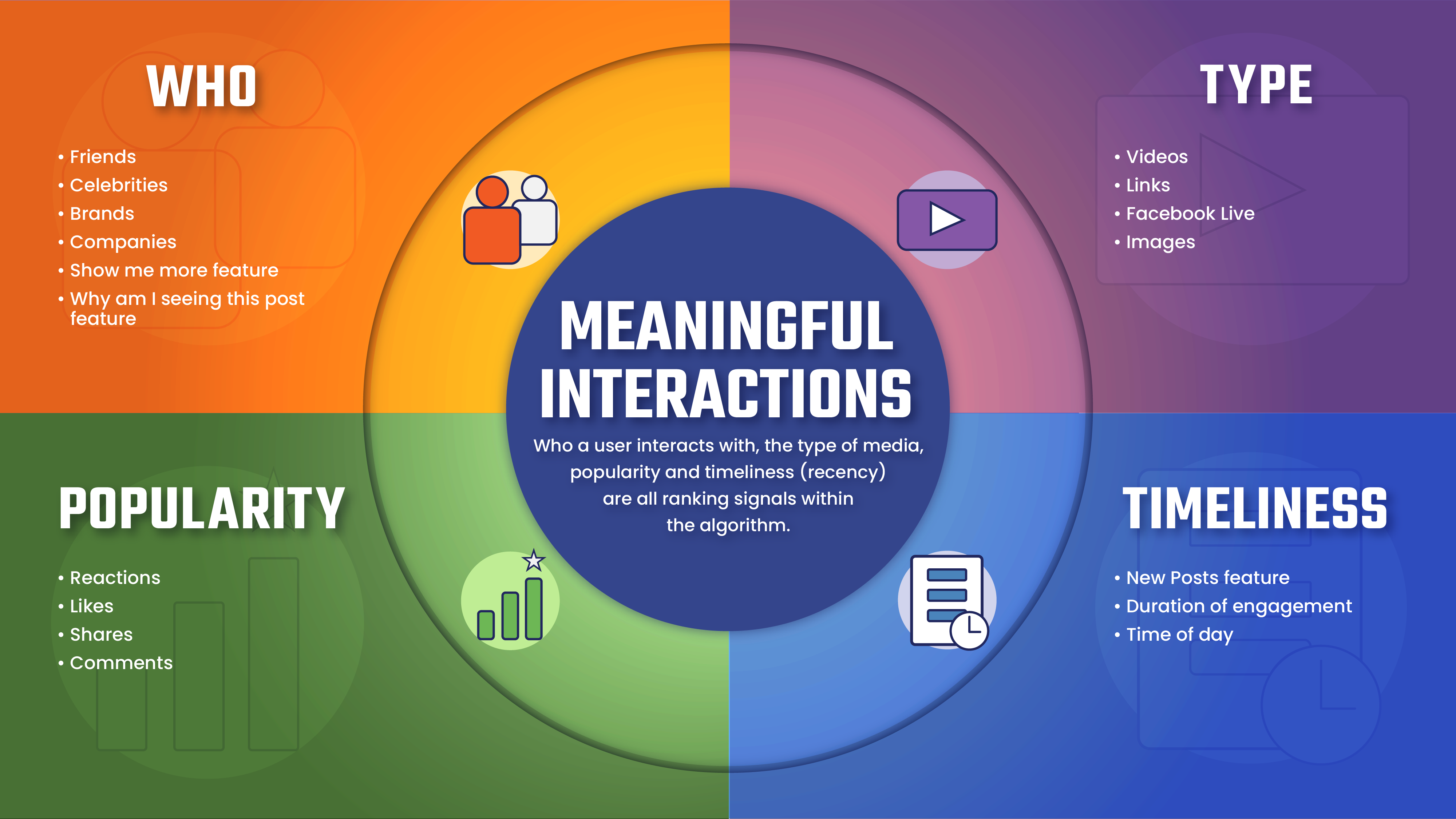According to Juicer, Social media mostly collect users’ information in five different ways: behavioral data collection(tracking users’ patterns of activities), engagement data collection (tracking users’ interactions with their social media and other platforms), personal data collection (users’ personal information about their identities), attitudinal data collection (Evaluation of users’ feelings and perceptions towards specific content and information), and social media preference data collection (tracking users’ preferences and beliefs). From browsing history, current location, contacts, and even financial information, social media platforms collect every single piece of information they can access online. These collected data are shared with third parties like advertisers, who pay a substantial amount of money to acquire access to them. In this way, third parties can more accurately target their potential customers, and social media sites make huge profits. There is no way to stop social media sites from tracking sensitive data other than to stop using them.
Perhaps, what raises most concerns is the risk of exposing users’ sensitive information to illegal third parties, such as scammers or fraudsters. According to the Federal Trade Commission, over $2.7 billion was lost from social media data breaches and scams since 2021. Among them, online shopping scams are the most reported, accounting for 44% of the number of loss reports, while fake investment-related scams share the greatest dollar loss, accounting for 53% of the total reported loss. Legitimate social media platforms do not protect their users from social media fraud. In fact, from 2018 to 2021, 50 million Facebook user accounts underwent attacks by security breaches; 130 high-profile accounts experienced a major hack on Twitter; and 700 million users on Linkedin suffered data breaches (Lindner). Users are susceptible to social media scammers regardless of which platform they use.
Last but not least, companies may take advantage of their access to manipulate intended content shown. While the First Amendment sets forth freedom of speech and expression, it does not apply to private companies, including social media companies like Instagram, Facebook, and Twitter. Instances of social media “censoring” their content are not uncommon to see. According to GLAAD (Gay & Lesbian Alliance Against Defamation), social media platforms, such as Instagram, are suppressing LGBTQ+ content, marking them as “sensitive content” that “may contain graphic or violent content”. Nevertheless, whether the censored contents are truly “sensitive” or have simply violated the individual values of the platform is debatable. After all, the notion of “sensitive content” is never clearly defined by social media platforms, resulting in potentially biased or unjustified censorship. This leads to the first ethical dilemma in social media — while censorship of social media platforms intends to secure the overall atmosphere and order of the platforms, it may lead to suppression of freedom of speech and expression when encountering various values.



